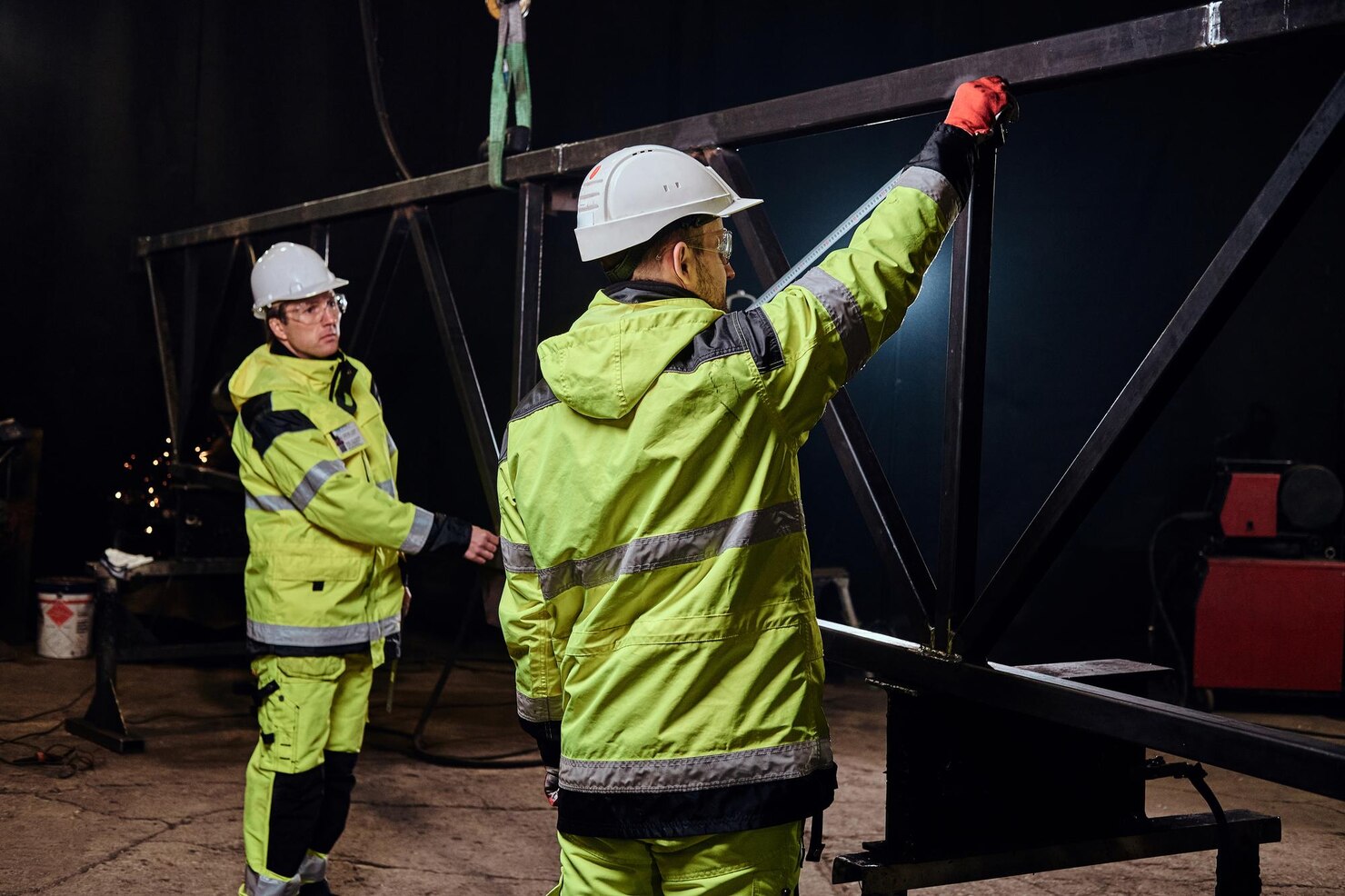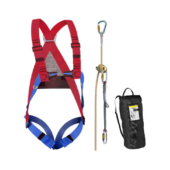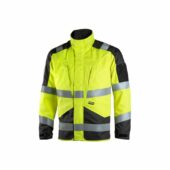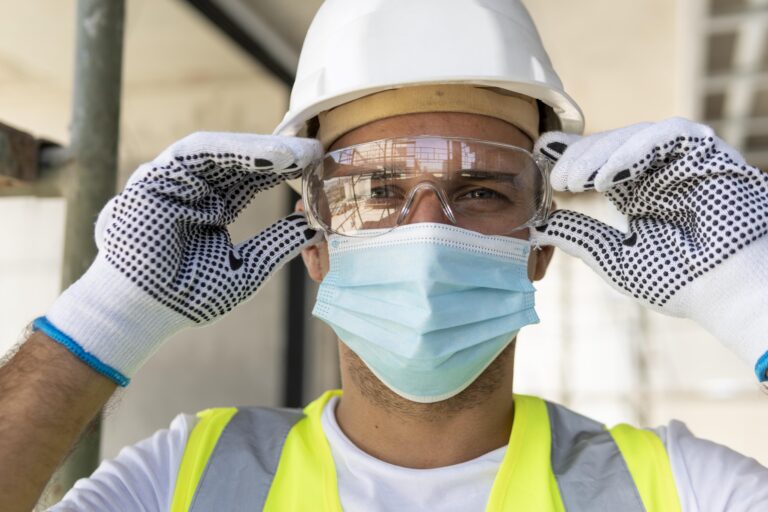Choosing the right fire-retardant clothing can be overwhelming, but by the end of this article, you’ll know exactly how these garments protect you, how to select the best options, and how to maintain them for long-term safety. We’ll explain the science behind fire-resistant fabrics, helping you choose the right gear for your needs, whether it’s jackets, gloves, or overalls.
Not only will this guide solve your current problem, but it will also help you address future needs, like selecting the right fire-retardant trousers. Let’s get started!
For a comprehensive guide to selecting the best options, see our Practical Guide to Selecting Fire-Retardant Jackets.
The Basics of Fire-Retardant Clothing
Fire-retardant clothing, also known as flame-resistant or flame-retardant clothing, is designed to resist ignition and inhibit the spread of flames.
These garments are critical in minimizing workplace challenges, offering vital protection for workers in high-risk environments such as welding and firefighting. The primary function is to protect the wearer by ensuring enhanced safety and allowing sufficient time to react in various situations.
The effectiveness of these garments lies in their material composition and chemical treatments. Fabrics like aramid, modacrylic, and treated cotton are commonly used.
Aramid fibers provide lightweight, durable protection for industries like electrical work, while treated cotton balances cost-efficiency with reliable flame resistance.
How Fire-Retardant Fabrics Work
Fire-retardant fabrics function by limiting the spread of flames and reducing the intensity of heat transfer. Here are the key mechanisms involved:
- Self-Extinguishing Properties: When exposed to fire, these fabrics char instead of igniting, preventing the spread of flames.
- Thermal Insulation: The materials slow down heat penetration, allowing the wearer more time to react or escape.
- Durable Performance: Many fire-resistant fabrics maintain their properties even after repeated washes, ensuring long-term protection.
These mechanisms make fire-retardant clothing essential for industries dealing with high heat and flames. For instance, fire-retardant clothing enables safer welding operations by providing reliable protection against sparks and molten metal.
For more on selecting high-performing jackets, check out our Fire-Retardant Jackets Category.
The Science of Fire Resistance
The science behind fire resistance involves advanced material engineering. Two primary categories of fabrics dominate the market:
- Inherently Flame-Resistant Fabrics: Materials like aramid and modacrylic are engineered to resist ignition without needing additional treatment. These fabrics are lightweight, durable, and retain their protective qualities over time.
- Chemically Treated Fabrics: Cotton and other natural fibers are treated with flame-retardant chemicals to enhance their resistance. While effective, their protective layer can diminish with improper washing.
Both types comply with rigorous safety standards such as EN ISO 11612, which ensures protection against heat and flame in industrial environments.
Applications of Fire-Retardant Clothing
Fire-retardant garments provide critical safety advantages in sectors like:
- Construction and Welding: Workers are shielded from sparks and molten splashes.
- Oil and Gas: Protective gear minimizes risks from flammable substances.
- Firefighting: Ensures safety in extreme fire exposure.
Pair your jacket with fire-retardant gloves, trousers, and overalls for complete protection. Browse our related categories:
How to Maintain Fire-Retardant Clothing
Proper maintenance is crucial to ensure the longevity of fire-resistant properties. Proper maintenance is essential to ensure optimal effectiveness and consistent safety in challenging conditions.
- Follow Manufacturer Guidelines: Always adhere to specific washing and care instructions.
- Use Appropriate Detergents: Avoid bleach or fabric softeners, which can compromise flame resistance.
- Inspect Regularly: Check for signs of wear or damage, such as holes or thinning fabric.
By maintaining your gear properly, you ensure consistent safety performance.
Key Considerations When Choosing Fire-Retardant Clothing
When selecting fire-retardant clothing, prioritize the following:
- Certifications: Look for compliance with standards like EN ISO 11612. Learn more about EN Standards from this guide in Wikipedia.
- Comfort and Fit: Ensure mobility and comfort for extended wear.
- Durability: Opt for fabrics that retain their properties through multiple wash cycles.
For tailored advice on selecting the best jackets, refer to our Fire-Retardant Jackets Guide.
Conclusion
We hope this guide has provided valuable insights into selecting the best fire-retardant clothing, from understanding the science behind the fabrics to ensuring you meet industry standards. Whether you’re working in construction, firefighting, or any high-risk environment, we’re here to support your safety needs.
Whether you need jackets, gloves, or overalls, explore our curated Fire-Retardant Clothing Collection to find the best fit for your workplace.
For more buying guides and practical tips, check out related articles like How To Choose The Right Fire-Retardant Overalls and Fire-Retardant Work Trousers: Selecting The Right Protection.
Have questions or need advice on finding the perfect protective clothing? Don’t hesitate to reach out—we’re always here to help ensure your safety and confidence with every purchase.
– The Droppe Team
Frequently Asked Questions
The durability depends on the fabric and maintenance, but most fire-retardant clothing remains effective for several years if properly cared for.
Yes, but always follow the manufacturer’s care instructions. Avoid using bleach or fabric softeners to maintain its protective properties.
Not necessarily. Fire-retardant clothing may resist water, but it’s not designed to be fully waterproof. Check product specifications for water resistance details.
Fire-retardant fabrics protect against specific heat levels and flames, but extreme heat sources (e.g., molten metal) may require specialized gear.
Fire-retardant clothing is ideal for industries like construction, welding, and firefighting. Always check if it meets the safety standards for your specific work environment.

















